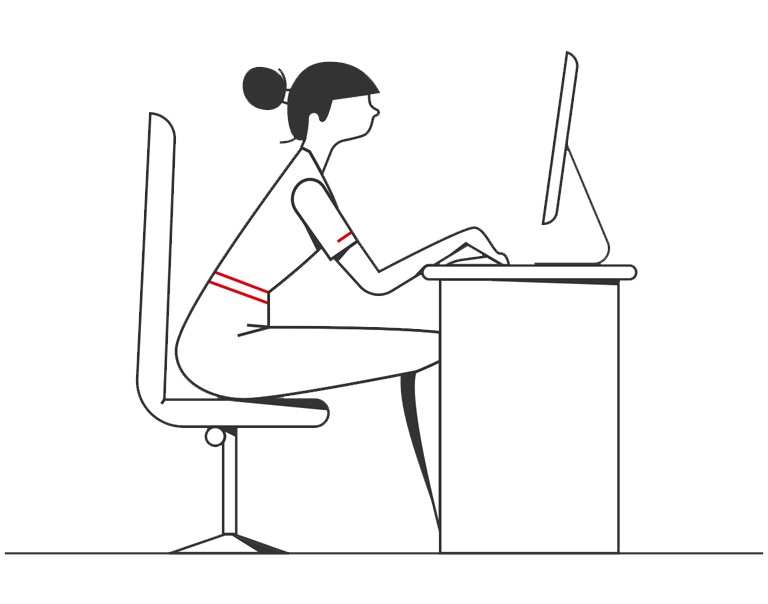- Article

- Managing Cash Flow
- Enable Growth
Three steps to taking on major brands
Faced with a saturated market and a desire to expand, Simonds Farsons Cisk recognised the only realistic option for significant growth was to export and build their brands in overseas markets.
The challenge for any new exporter is how they will compete in new markets, but there are added issues for companies working in brand-dominated fast-moving consumer goods and for those extending from small domestic markets into the wider world.
Norman Aquilina is Group Chief Executive of Simonds Farsons Cisk, a Maltese company working in brewing and sale of branded beers and drinks, food and drink import and franchised fast food restaurants.
Simonds Farsons Cisk embarked on its current export strategy in 2006 and has experienced double-digit growth since then. Export-led growth has become more of a focused priority in recent years and the company has now developed a vision and strategy on how to achieve this by 2020.
Go for the niche
“Clearly, we can never compete against the global brands on a head-on basis, so we want to establish ourselves as niche players able to offer quality products that are distinctly different from the more established mainstream brands,” says Aquilina.
Another important challenge facing many companies with a small domestic market is that of scalability. Those with large home markets have the benefit of greater efficiencies and economies of scale in production, which often translates into sharper pricing and higher margins.
“We don’t always have that luxury,” adds Aquilina. “We have to achieve a balance between export price competitiveness and our ability to compete on non-price variables, particularly in terms of our quality, reliability, consistency and flexibility in meeting customers’ requirements”.
Balance is needed too between product standardisation and product customisation to best fit each new market.
Create your products to fit
“We invariably adapt our brands and products to be in the best position to tap into the right niches within our target export markets. For example, we’ve developed an extra strong version of Cisk to capitalise on the substantial market for higher strength beers in Italy. This decision was also motivated by the fact that this particular market is sufficiently large to justify investing in adapting the product and the brand. At the same time, the margins are significantly higher than those for mainstream lager-style beers,” he says.
In other markets, it may be the packaging alone that changes; in some, it may be a completely new product for which there’s no demand domestically.
“We always retain the core elements of our flagship brands like Cisk or Kinnie, but we adapt the product or extend the product and brand range on a country by country basis. It’s fundamentally, a niche-based approach,” says Aquilina.
A new or different product is no guarantee of success in a sector as fiercely competitive as branded drinks. Bigger companies with bigger brands will invariably outspend a smaller player on advertising and marketing promotions and will have strong distribution structures.
Profit from flexibility
“We’ve found the best way to compete is on those aspects that play to our strengths, namely our flexibility, short response times and our ability to adapt our brands and products,” he says. “It’s a form of guerrilla warfare where the aim is to chip away at the market share of bigger competitors and establish ourselves as niche players within a limited number of priority target markets that we deem offer us the best long-term prospects for volume and profitability.”
Moving from a domestic market like Malta, with a population of around 400,000, presents something of a psychological problem too, says Aquilina. A company gets used to a good degree of control over pricing, credit terms and distribution, and also knows exactly what’s happening in the market on a daily basis. Moving outside that comfort zone into one of uncertainty and risk can be intimidating.
“You can work to minimise risk, but you need to come to terms with the fact that you can’t eliminate it completely. You have to weigh up the potential for volume and growth against the higher risk,” he advises.
“This is a long-term and expensive process. We expect to see the fruits of this decision over the next five years.”


